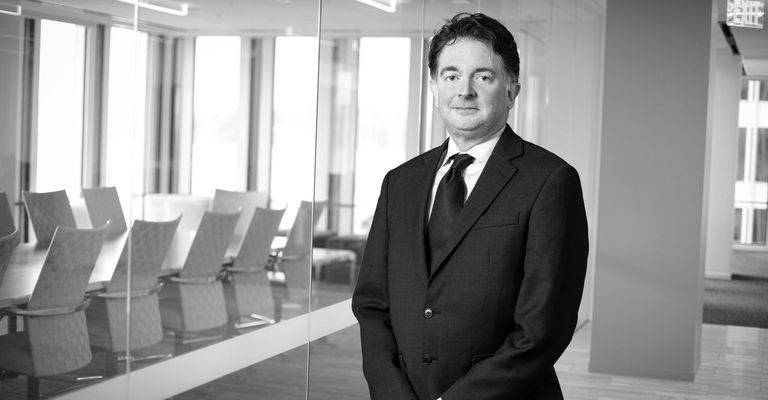Insights
UK Electricity Gridlock: Tackling the Connections Queue and Demand Projects
Nov 28, 2025Background
After implementation of NESO’s TM04+ connection reforms earlier this year, NESO and OFGEM are now turning their attention to further demand connection reforms.
OFGEM, in a letter of 6th November, has stated that the presence of unviable projects in the demand queue risks:
- misallocating resources;
- undermines network planning; and
- creates inefficiency across the electricity system
and that urgent reform is required to address the problem. The goal is to provide for timely and efficient connections for demand projects. Reforms must support implementation of the Government’s Industrial Strategy which commits to reduce grid connection times for strategically important projects.
The TM04+ reforms require demand projects connecting to the GB transmission network to meet “readiness criteria”, primarily that the developer has sufficient land rights to build out. OFGEM and NESO are now moving ahead with further regulatory reforms to “weed out” unviable demand projects and incentivise progression of viable projects.
The first stage has commenced – a fact-finding exercise by NESO (scheduled to end 5th December) to inform potential regulatory change.
Who will be affected?
- Demand projects with existing and future offers to connect directly to the transmission network.
- Generation projects that include demand technologies connecting directly to the transmission network.
- Possibly distribution connected demand projects that have an impact on the transmission network. OFGEM expects DNOs to review their connection processes and pursue greater alignment between the requirements and processes at distribution and transmission.
Options under consideration
- Review of ongoing queue entry to ensure viable projects progress in the demand queue.
- Specific requirements for certain sectors or technologies to ensure that viable demand projects are able to demonstrate their maturity and proceed through the queue. No details are currently available, but this might include demonstrating credible tenants/users of the demand project.
- Moving away from the onerous “final sums” termination liability calculations under NESO demand construction agreements to the more developer friendly “User Commitment” methodology. This would benefit credible projects by reducing their financial security commitment.
- Requiring developers who have accepted a Gate 2 offer, but who then have their offer terminated or have reduced their capacity prior to initiation of application for statutory consents and planning permission, to pay a “progression commitment fee” and to put security in place to underwrite the commitment. This could deter speculative applications and incentivise project progression.
What does it mean for demand project developers?
- Demand project developers - both those currently going through the “Gate 2 to Whole Queue process” and future applicants - are likely to have to meet further targeted regulatory obligations in terms of project progression, financial commitment and possibly “need” from a Government policy perspective, to safeguard their connection offer/agreement.
- There may be opportunities for viable demand projects to accelerate their current connection dates.
- Data centre developers may be affected in particular. OFGEM mentions the disproportionate impact of data centre connection applications on the demand queue and specifically refers to unviable date centre projects. That, coupled with OFGEM’s oblique reference to “demand-type-specific requirements that may be needed for certain sectors or technologies”, suggests that data centre applications/offers may be subject to heightened scrutiny and/or progression requirements.
Practical steps for demand project developers
- Input into NESO’s Call for Evidence. NESO is contacting relevant customers directly but if no contact has been made developers should contact transmissionconnections@neso.energy
- Keep abreast of NESO/OFGEM consultation documents, relevant proposed CUSC amendments and OFGEM “minded to” decisions.
- As proposals take shape assess the impact on:
- overall project timescales and whether those may need to be adjusted;
- financial commitment and structuring if new financial obligations and securities are required.
Related Capabilities
-
ESG & Energy Transition




